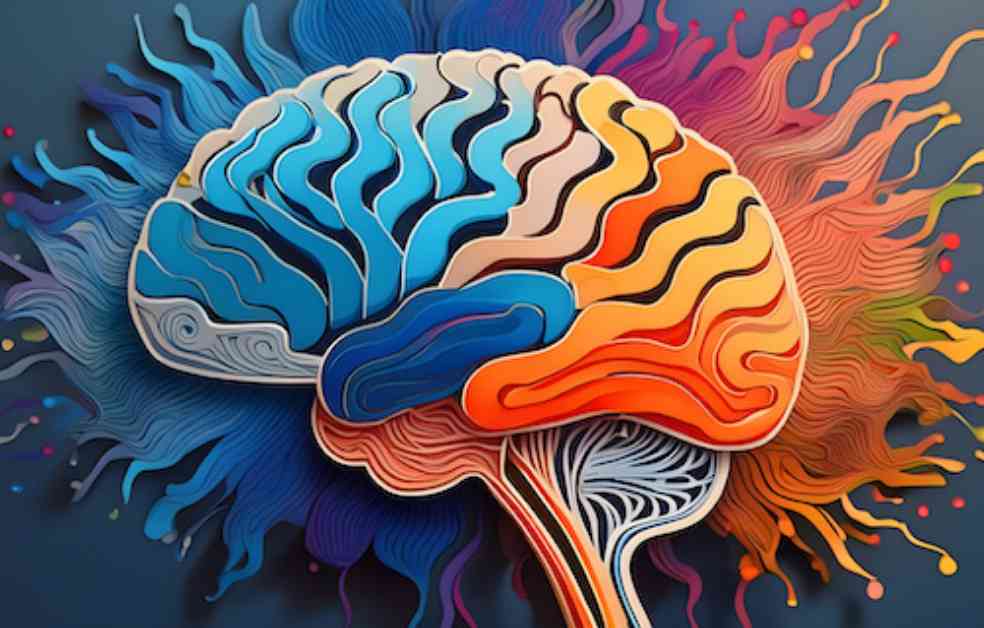Neurodiversity is a crucial factor to consider when designing learning environments for students. Each student is unique, with their own set of gifts and needs, and it is essential that schools create inclusive spaces that cater to neurodiverse learners. To address this issue, a new white paper titled “Redesigning Learning Spaces for Neurodiverse Learners” has been published by MiEN Company, authored by special needs consultant Cecilia Cruse, MS, OTR/L. This guide delves into neurodiversity, explores new research, and highlights the challenges faced by neurodiverse students in traditional learning environments.
The guide emphasizes the importance of understanding neurodiversity and the various ways in which students’ brains may function differently from “neurotypical” brains. It also addresses common challenges that hinder the creation of inclusive learning spaces, such as a lack of professional learning about how the brain works, rigid teaching methods, overly restrictive classrooms, and limited access to resources and accommodations.
To promote neurodiversity and create inclusive learning environments, the guide offers practical tips for schools to implement. These include promoting understanding through awareness initiatives with all stakeholders, enhancing professional learning to keep educators informed about the latest research and inclusive practices, implementing flexible seating arrangements and sensory-friendly classrooms, creating personalized plans for neurodivergent students, and establishing peer systems to pair neurodivergent students with neurotypical students.
Dr. Christina Counts, VP of Education and Marketing at MiEN Company, emphasizes the importance of educators and school support staff gaining new insights into neurodiversity, reimagining their instructional practices, and creating classrooms where all learners can thrive. By incorporating Universal Design for Learning (UDL) principles and prioritizing inclusive strategies and practices, schools can better support neurodiverse students and enrich the learning experience for all.
In addition to creating awareness and promoting understanding, it is crucial for educators to remain informed about the latest research and teaching strategies related to neurodiversity. By continuously enhancing their professional learning, educators can adapt their instructional practices to better meet the diverse needs of neurodiverse students.
Implementing flexible seating arrangements, creating sensory-friendly classrooms, and designating quiet zones can help accommodate diverse learning needs and foster a more inclusive learning environment. These adjustments can make a significant difference in supporting neurodiverse students and ensuring that all learners have the opportunity to thrive.
Creating personalized plans for neurodivergent students that outline specific accommodations, goals, and support strategies is essential for meeting their individual needs. By tailoring education plans to address the unique requirements of each student, schools can provide a more personalized and supportive learning experience.
Establishing a peer system that pairs neurodivergent students with neurotypical students can also be beneficial. This approach promotes social interaction, collaboration, and empathy among students, creating a more inclusive and supportive school community.
By incorporating these strategies and practices into their learning environments, schools can optimize the learning experience for neurodiverse students and create inclusive spaces where all learners can thrive. It is essential for educators and school support staff to prioritize neurodiversity, promote understanding, enhance professional learning, and implement practical strategies to support the diverse needs of all students.

